Partner Article
Mobile data capture: what’s next?
Edward Belgeonne CEO & Founder, Destiny Wireless Ltd.
Mobile data capture technology has come a long way since the early days of remote data transmission in the 19th century. Today’s generation of ‘digital natives’ will see further developments in their life time that sound a bit like science fiction now, just as our everyday technology would have been perceived 150 years ago.
Enhancements currently in development are largely holistic, that is they centre around the idea of data capture as an end-to-end system. And so the greatest changes being made today consider all aspects of how data is stored, transmitted and distributed within a business. Seen like this, mobile data capture is often at the sharp end of improving workflow and responsiveness of a company as a whole.
Other developments have focused on the interfaces used, and there have been impressive advances here, making it increasingly simple and intuitive for the end user. The widespread personal use of smart phones and tablets has dramatically changed things, meaning that off-the-shelf applications are increasingly available.The increased use of barcodes, RFID tags (Radio Frequency Identification), biometrics, digital signatures, photo attachments, and digital pens opens up even more possibilities.
And the future of mobile data capture is already being written. The main thrust is to make it hardware independent. A new generation of Smartpens will transform the current digital pen into an independent device with on-board data capabilities for true pen computing.
The key to the success of wider adoption of mobile data capture is to maintain flexibility in approach and offering to end customers For example, an NHS trust might have some of its employees using smart phones, some using digital pens, and others using tablets, dependent on the type of data they are collecting and whether or not this is being done at the patients home or at the hospital. Regardless of the device oroperating system, the same information is recorded and sent.
Further developments will take place as companies embrace the concept of cloud computing. The idea of having all a company’s data and applications stored virtually “in the cloud” rather than at a single vulnerable geographic location, can greatly improve overall data security. Also, because a cloud-based system is less dependent on any specific network, it could mean much improved connectivity.
The other big move will be to free users to create and manage their own systems – from designing and customising the input forms to defining the route the information takes within the business. destiny®, for example, is working on ways in which the end user can have much more control of the system, giving users the tools to create their own forms and define the flow of data to match their existing workflows.
Obviously going out to a software house can be very costly, so the best advantage you can give a client is the ability to service their own requirements. At destiny®, we are soon to launch a form-building tool and interactive platform, which will let our customers create their own digital and electronic forms for Tablets, Smartphones and Smartpens with none of the usual development costs. Increasingly companies will have to offer easy customisation, letting clients create and adapt their own information management systems.
This was posted in Bdaily's Members' News section by Tom Keighley .
Enjoy the read? Get Bdaily delivered.
Sign up to receive our popular morning National email for free.

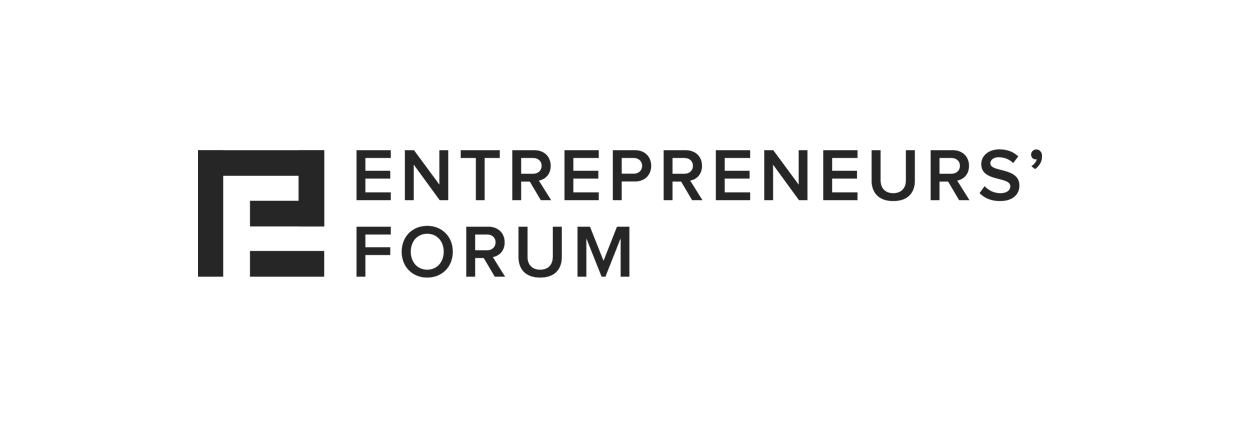
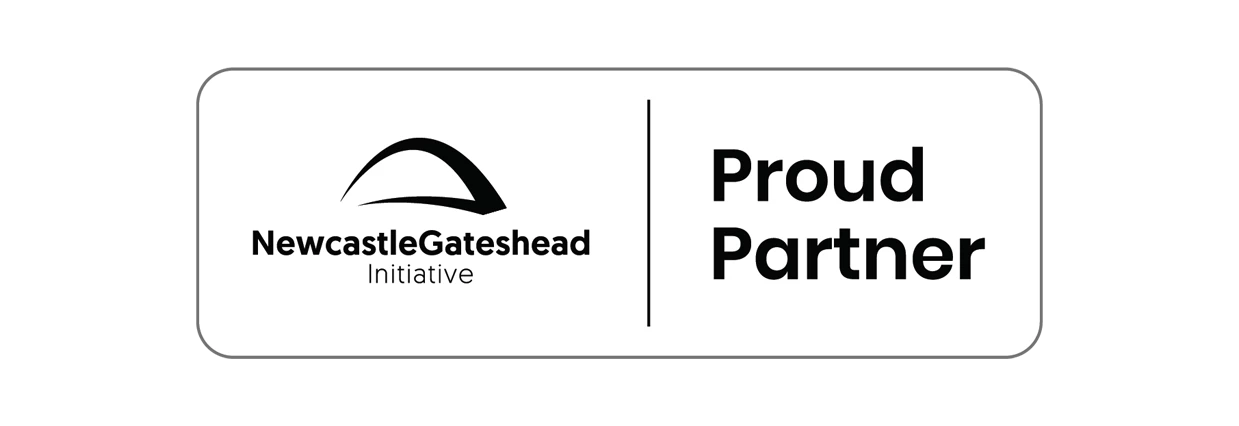


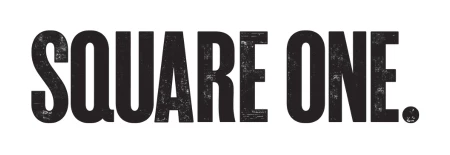
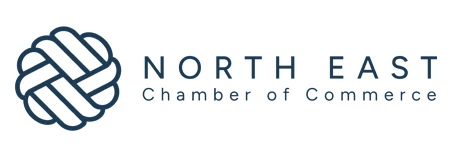
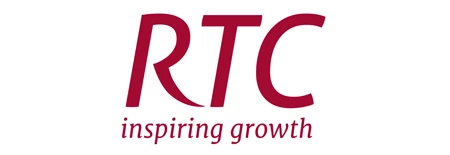
 A year of resilience, growth and collaboration
A year of resilience, growth and collaboration
 Apprenticeships: Lower standards risk safety
Apprenticeships: Lower standards risk safety
 Keeping it reel: Creating video in an authenticity era
Keeping it reel: Creating video in an authenticity era
 Budget: Creating a more vibrant market economy
Budget: Creating a more vibrant market economy
 Celebrating excellence and community support
Celebrating excellence and community support
 The value of nurturing homegrown innovation
The value of nurturing homegrown innovation
 A dynamic, fair and innovative economy
A dynamic, fair and innovative economy
 Navigating the property investment market
Navigating the property investment market
 Have stock markets peaked? Tune out the noise
Have stock markets peaked? Tune out the noise
 Will the Employment Rights Bill cost too much?
Will the Employment Rights Bill cost too much?
 A game-changing move for digital-first innovators
A game-changing move for digital-first innovators
 Confidence the missing ingredient for growth
Confidence the missing ingredient for growth